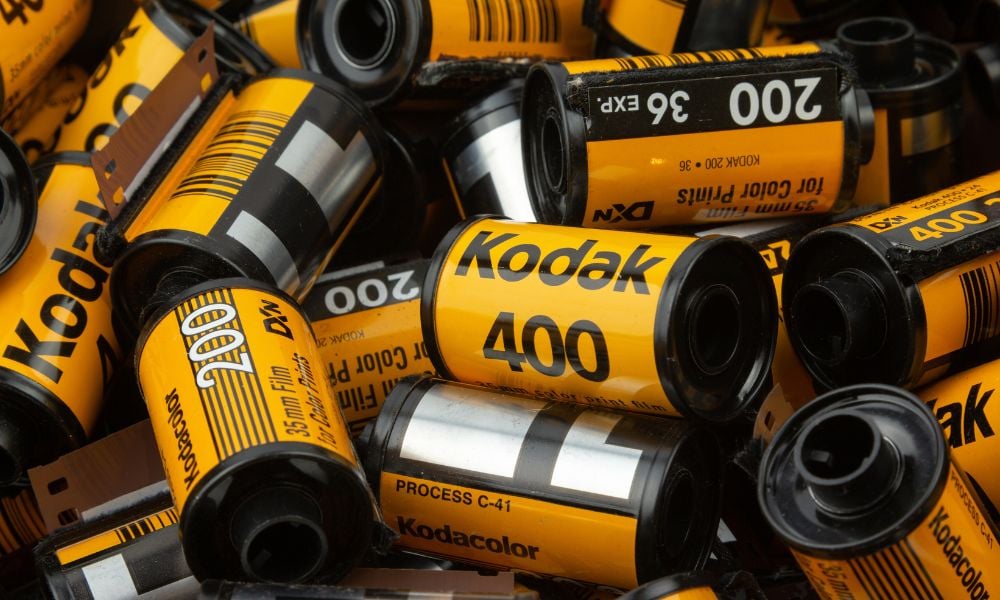Company expects US$300 million from pension fund reversion to help repay debt due within 12 months

Eastman Kodak says its planned termination of the Kodak Retirement Income Plan (KRIP) is not connected to its recent going concern disclosure, clarifying that the pension fund decision was announced nearly a year ago.
A spokesperson said to Benefits and Pensions Monitor that the sale of assets from the overfunded plan and its termination were intended to unlock value, reduce debt, and invest in the business, while ensuring all beneficiaries receive the full value of their pensions.
The spokesperson added that the company expects to draw about US$300m in cash from the KRIP reversion and settlement in December to help repay debt, though the process is not entirely within Kodak’s control and is therefore not deemed “probable” under US GAAP rules.
According to BNN Bloomberg, Kodak told regulators it does not have “committed financing or available liquidity” to cover roughly US$470m to US$500m in debt due within the next 12 months.
The company said these conditions “raise substantial doubt about the company’s ability to continue as a going concern.”
The spokesperson noted that this language is a required disclosure because of the debt maturity timeline and said Kodak is confident it can pay off a significant portion of its term loan before it comes due, and amend, extend, or refinance remaining obligations.
Chief Financial Officer David Bullwinkle told The Wall Street Journal that Kodak expects to know by Friday how it will meet obligations to all pension plan participants, with the reversion process anticipated to be completed by December.
He added that the company will continue to focus on its advanced chemicals and materials business while reducing costs and pursuing long-term growth.
As per USA Today, Kodak reported US$263m in consolidated revenues for the second quarter ending June 30, a US$4m decline from the same period last year, with gross profit down 12 percent year over year.
Cash and cash equivalents stood at US$155m, with US$70m held in the US, marking a nearly 23 percent decline since December. Shares dropped more than 25 percent in midday trading on August 12.
Kodak CEO Jim Continenza told CNN that tariffs have not had a “material impact” on operations because many products—such as printing plates, cameras, inks, film, and pharmaceutical ingredients—are domestically produced.
According to The Economist, Kodak at one time controlled 90 percent of the US film market and 85 percent of camera sales.
Its inability to capitalise on the rise of digital technology—despite introducing the first digital camera in 1975—led to a 2012 bankruptcy filing with US$6.75bn in debt.
After emerging from bankruptcy in 2013, Kodak focused on commercial and packaging printing before expanding into pharmaceutical manufacturing.
BNN Bloomberg reported that the company is nearing completion of a regulated pharmaceutical products plant, with production expected later this year.
It continues to manufacture films and chemicals for industries such as the movie sector while licensing its brand for consumer products.
This article now includes a statement from Kodak, clarifying that it detailed the planned pension plan transaction almost a year ago and that it is not a reaction to the going concern announcement.



